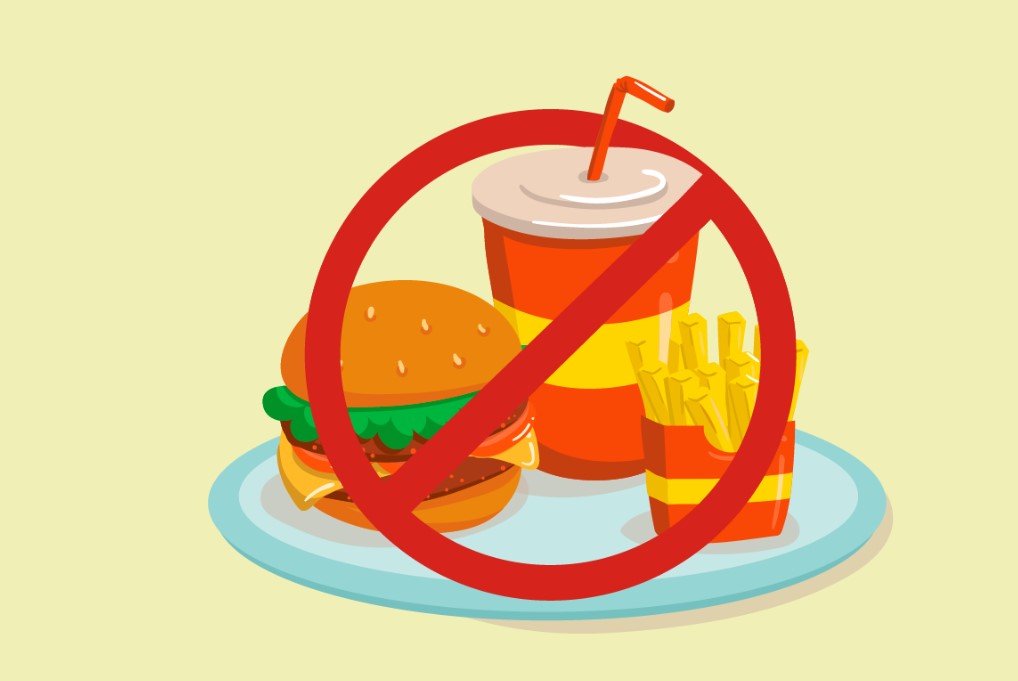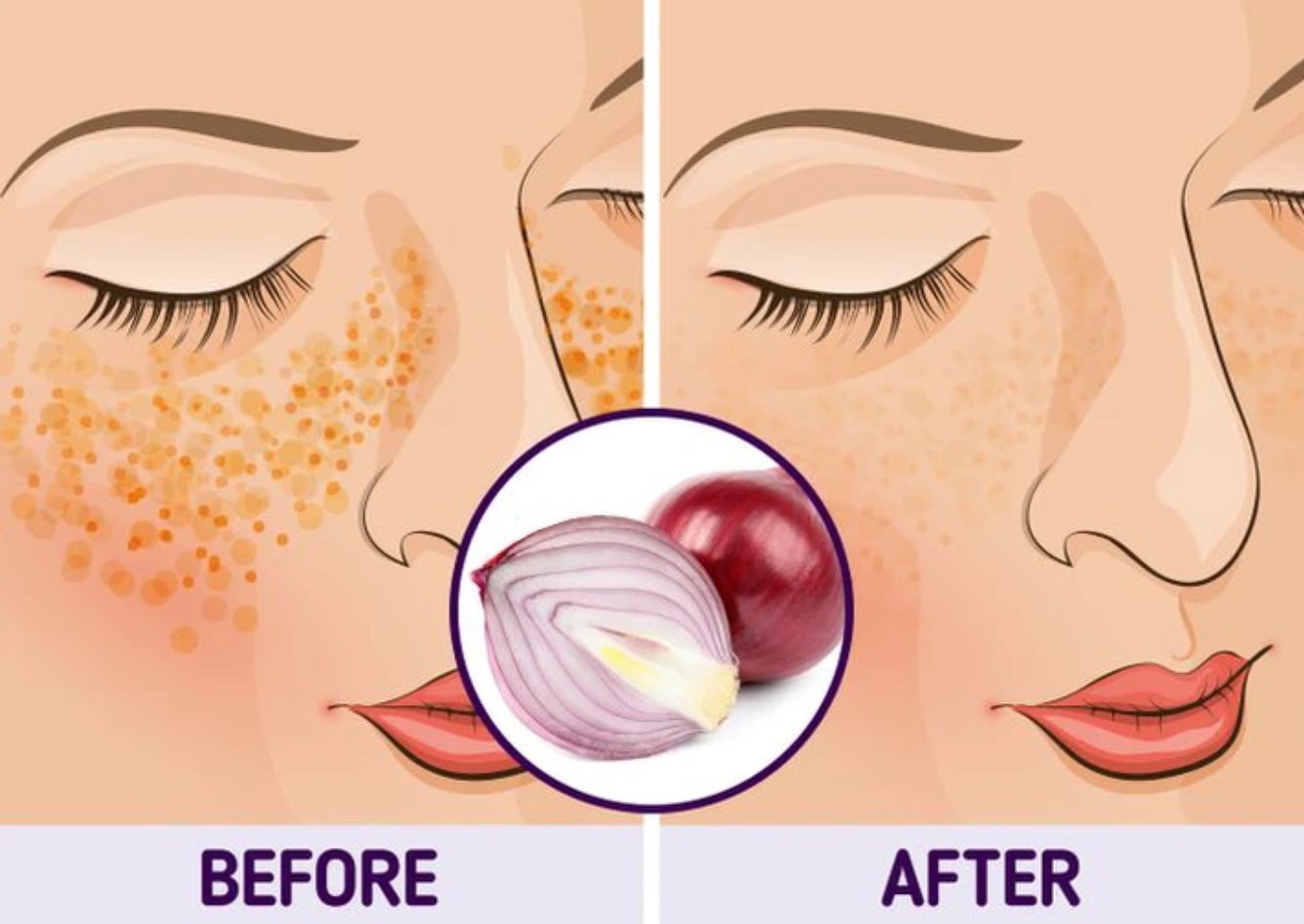Hypertension, or high blood pressure, is a common health condition that affects millions of people worldwide. If left uncontrolled, it can lead to serious complications like heart disease, stroke, and kidney problems. While there are various medications available to manage hypertension, making dietary changes can also play a crucial role in keeping your blood pressure in check.
In this article, we will discuss the foods that you should avoid or limit if you have hypertension. By making informed choices about what you eat, you can take an active role in managing your condition and reducing the risk of potential complications.
1. Salty and Processed Foods
Sodium is a major contributor to high blood pressure. When you consume too much sodium, it can cause your body to retain more fluid, which increases the pressure on your blood vessel walls. Therefore, it’s essential to limit your intake of salty and processed foods.
Examples of foods high in sodium include:
– Canned soups and broths
– Processed meats like hot dogs, sausages, and deli meats
– Frozen meals and convenience foods
– Chips, pretzels, and other salty snacks
– Pickled foods
– Soy sauce, teriyaki sauce, and other condiments
Instead, opt for fresh, whole foods and read food labels carefully to check the sodium content.
2. Sugary Beverages and Sweets
Consuming too much sugar can lead to weight gain, which is a risk factor for hypertension. Additionally, high sugar intake has been linked to inflammation, which can contribute to the development of high blood pressure.
Avoid or limit the following sugary items:
– Sodas, energy drinks, and fruit juices
– Candies, cookies, and other baked goods
– Sweetened breakfast cereals
– Flavored yogurts and dairy products
– Sweetened sauces and condiments
Instead, choose water, unsweetened tea or coffee, and fresh fruits for your sweet cravings.
3. Alcohol
While moderate alcohol consumption may have some potential health benefits, excessive alcohol intake can significantly increase your risk of hypertension. Alcohol can also interfere with the effectiveness of certain blood pressure medications.
If you have hypertension, it’s best to limit your alcohol consumption or avoid it altogether. If you do choose to drink, aim for no more than one drink per day for women and two drinks per day for men.

4. Fatty and Fried Foods
A diet high in unhealthy fats, particularly saturated and trans fats, can contribute to weight gain, inflammation, and an increased risk of hypertension.
Limit or avoid the following fatty and fried foods:
– Fast food, such as burgers, fries, and fried chicken
– Processed snacks like chips and crackers
– Baked goods like pastries, cookies, and cakes
– Full-fat dairy products like cheese and butter
– Fatty cuts of meat, including bacon and sausages
Instead, opt for lean proteins like chicken, fish, and plant-based sources of protein like lentils and beans. Choose healthy fats like those found in avocados, nuts, and olive oil.
5. Caffeine
While the relationship between caffeine and hypertension is complex, some studies suggest that excessive caffeine consumption can temporarily raise blood pressure levels. This effect may be more pronounced in individuals who are not regular caffeine consumers. READ FULL STORY HERE>>>CLICK HERE TO CONTINUE READING>>>
If you have hypertension, it’s advisable to limit your caffeine intake from sources like:
– Coffee
– Tea
– Energy drinks
– Soft drinks
– Chocolate
Remember that everyone’s tolerance for caffeine is different, so monitor how your body reacts and adjust your intake accordingly.
6. Cured and Smoked Meats
Cured and smoked meats are often high in sodium and preservatives, which can contribute to hypertension. These meats may also contain compounds called nitrites and nitrates, which have been linked to an increased risk of high blood pressure.
Examples of cured and smoked meats to avoid or limit include:
– Bacon
– Sausages
– Hot dogs
– Deli meats like ham and salami
– Jerky
Instead, choose fresh, lean cuts of meat or opt for plant-based protein sources like beans, lentils, and tofu.

7. Canned and Pickled Foods
Many canned and pickled foods are high in sodium due to the preservatives used in their preparation. This can contribute to increased blood pressure levels.
Examples of canned and pickled foods to limit or avoid include:
– Canned vegetables and beans (unless labeled as low-sodium or no-salt-added)
– Pickled vegetables like pickles and sauerkraut
– Canned soups and broths
– Canned meats and fish
Instead, choose fresh or frozen vegetables and fruits, and opt for low-sodium or no-salt-added canned goods when possible.
Making Dietary Changes for Hypertension
While it may seem challenging to eliminate or limit these foods, making dietary changes can significantly improve your blood pressure and overall health. Here are some tips to help you get started:
1. Read food labels carefully: Look for sodium, sugar, and fat content, and choose products with lower amounts.
2. Cook at home: Preparing meals at home allows you to control the ingredients and portion sizes.
3. Experiment with herbs and spices: Instead of relying on salt for flavor, try using fresh herbs, spices, and citrus juices to add taste to your dishes.
4. Stay hydrated: Drink plenty of water and other fluids to help flush out excess sodium from your body.
5. Gradually make changes: Overhauling your diet overnight can be overwhelming. Instead, make small, sustainable changes over time.
Remember, managing hypertension requires a multifaceted approach that includes a balanced diet, regular exercise, stress management, and medication (if prescribed by your healthcare provider). By being mindful of the foods you consume and making healthier choices, you can take an active role in controlling your blood pressure and reducing your risk of complications.
If you have any specific concerns or need personalized dietary guidance, consult with a registered dietitian or your healthcare provider. They can provide tailored recommendations based on your individual needs and health status.


 METRO3 weeks ago
METRO3 weeks ago
 METRO1 month ago
METRO1 month ago
 HEALTH & LIFESTYLE6 days ago
HEALTH & LIFESTYLE6 days ago
 IN-THE-NEWS3 weeks ago
IN-THE-NEWS3 weeks ago
 SPORTS1 month ago
SPORTS1 month ago
 IN-THE-NEWS5 days ago
IN-THE-NEWS5 days ago
 IN-THE-NEWS3 weeks ago
IN-THE-NEWS3 weeks ago
 SPORTS1 month ago
SPORTS1 month ago




